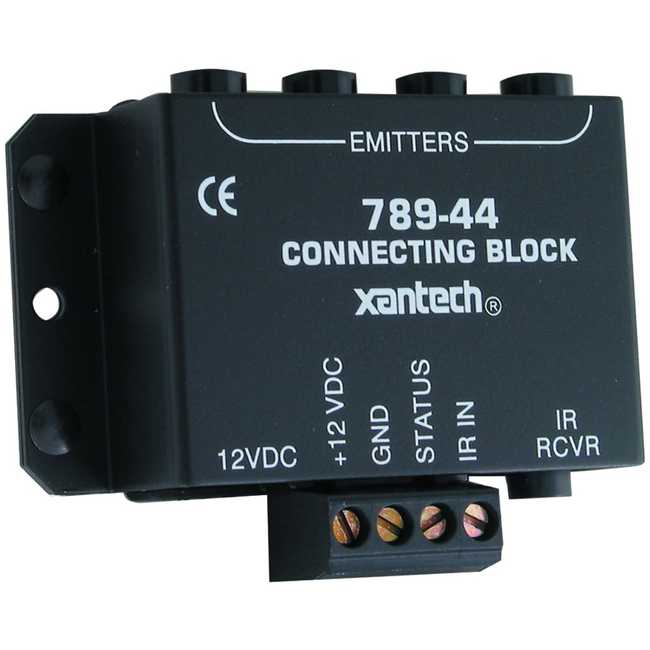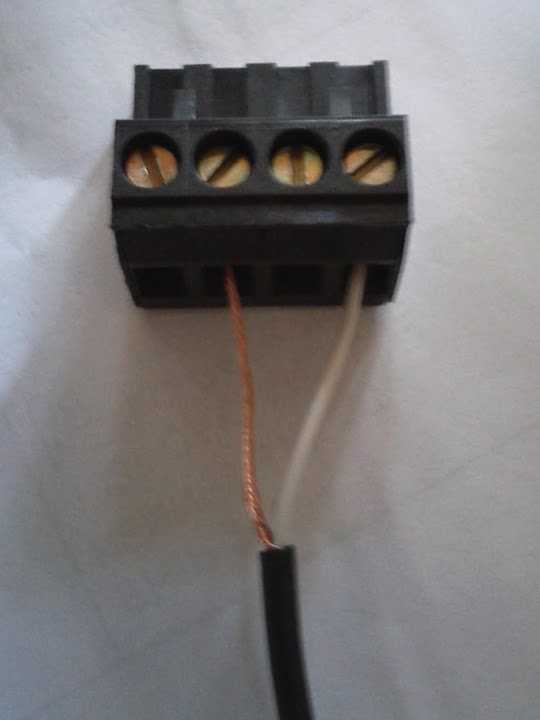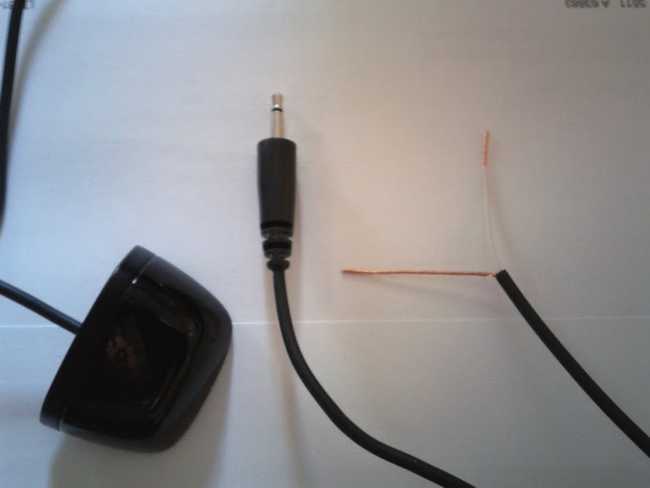Harmony Remote
I recently replaced a Harmony 880 remote with a Harmony 900 for the RF capabilities. It has enormously improved the WAF of the entire setup since it's very reliable.
Setup on Mac OS X
I use a Mac OS X machine and the Harmony 900 didn't work when I plugged it into the USB port. It turns out that it uses the USB as a network adapter. To set up the remote and let the software recognize it, you must follow some instructions from a Harmony troubleshooting website which applies to the Harmony 900/1100 series.
Basically you need to set the local side of the USB Ethernet to 192.168.142.1 with a netmask of 255.255.255.0 and you should be able to talk to it with the Harmony Remote configuration software. You can confirm that the remote is connected by pinging 192.168.142.3
Note: Ignore the advice about setting the "Router" address. This will only cut off your Internet connection whenever the Harmony remote is connected!
You can find the drivers for Mac OS X at Logitech's driver page.
Integration with Xantech IR system



I bought a Xantech starter kit from eBay a year ago in an effort to improve the Harmony 880's operation. Unfortunately, it didn't help. However, you can easily connect the Harmony 900's RF to IR conversion block to a Xantech system:
I used the Xantech 789-44 Connecting Block as the part that does the actual IR blasting.
- Cut off the end of one of the IR mini-blasters that came with the Harmony 900
- Strip the end with 1/8" mono connector
- Take the white wire and put it in the "IR IN" screw terminal of the Xantech
- Take the copper jacket of the wire and put it in the "GND" screw terminal of the Xantech
- Plug the 1/8" mono connector into the IR blaster port of the Logitech
Making the IR emitters stick
I recommend using a hot glue gun with low temperature glue to stick all the emitters to everyone. The double-sided tape that comes on most emitters just doesn't stick that long.
If you need to remove the emitters later, simply using a pocket knife and apply a little twisting pressure under the edge of the emitter. It should pop off without leaving a scratch or residue.